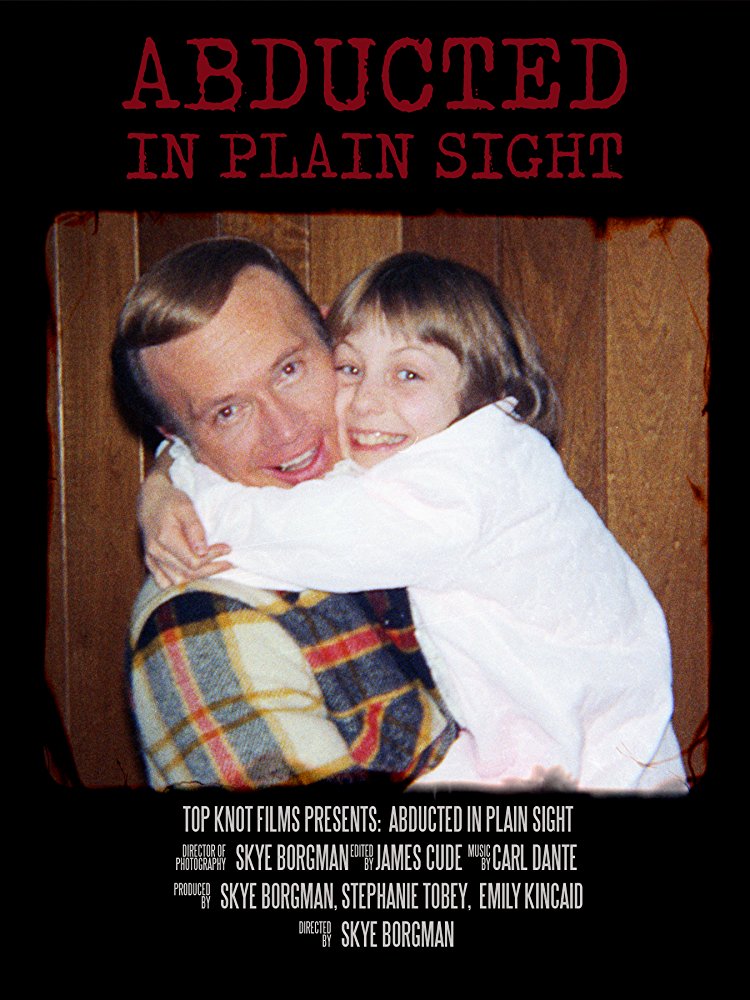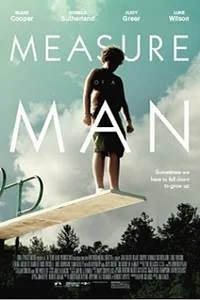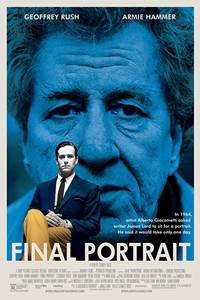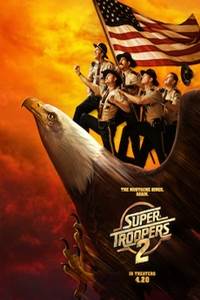‘Abducted in Plain Sight’ is a deeply troubling, unforgettable documentary
Directed by: Skye Borgman
Starring: Jan Broberg, Bob Broberg, Mary Ann Broberg, Karen Campbell, Susan Broberg, and Pete Welsh
“Abducted in Plain Sight” – “It’s such a bizarre thing, but we lived it. It’s all true.” – Bob Broberg
“Horror is like a serpent, always shedding its skin, always changing, and it will always come back.” – Dario Argento
The Broberg family did live through a bizarre thing.
A nightmare, actually.
An unspeakable nightmare, but every member of the Broberg family – Bob, his wife Mary Ann and their three children, Karen, Susan and Jan – decided to bravely sit in front of director Skye Borgman’s camera and speak in great detail about a real-life horror show that forever changed their family during the 1970s in Pocatello, Idaho. All five members of this loving family were gravely impacted, but Jan Broberg, the eldest daughter, who is now in her 50s, suffered far and away the most emotional and physical damage.
Jan was abducted in plain sight.
In “Abducted in Plain Sight”, Borgman initially presents a warm introduction to the Brobergs, but then does not waste time announcing the real-life villain, a neighbor named Robert Berchtold. Berchtold – who goes by Bob or B - and his wife Gayle are busy raising five kids of their own, but he somehow finds time to initiate and maintain a close friendship with the Brobergs. In fact, Berchtold devotes much of his free time with the Broberg kids, and specifically Jan.
Once Berchtold builds enough trust with the Brobergs, he finally executes his master plan. On October 17, 1974, Berchtold, roughly 40 at the time, kidnaps Jan, who was only 12.
Jan courageously reflects on the events of 44 years ago with a calm, direct and lucid demeanor, as she describes her feelings and thought processes at the time. She trusted Berchtold, and therefore, already formed her future Stockholm Syndrome before the kidnapping.
This initial abduction is only the very beginning, as Berchtold’s said actions become infinitely more depraved, and the documentary leads the audience down his path of treachery and insidious schemes.
The jaw dropping power of this movie – which originally was named “Forever ‘B’” and won the 2018 Phoenix Film Festival Best Documentary award along with 10 other wins from other festivals and competitions – mainly resides with two key elements.
First, Borgman structures her picture as a slow reveal over the entire course of its 87 minutes. For example, let’s say at the 23-minute mark, we may believe that this family’s story could not possibly get worse, but five minutes later, another frank disclosure will result in a new collective gasp of disbelief. This narrative continues to creep down a twisted and deeply uncomfortable path of deceit and perversion that raises both ire against Berchtold and his elaborate schemes and pure astonishment that he repeatedly slipped and slithered by without significant consequences.
Second, all five Brobergs disclosed the troubling and embarrassing specifics of their family turmoil with unselfish sincerity. The love that Bob and Mary Ann have for their family shines through, but they also openly admit to their mistakes, naivete and blind spots to the Berchtold-red flags. Their forthright, brutal honestly along with Jan’s courageous recount of the wickedly sorted events that plagued her childhood allows us to absorb just a tiny portion of this family’s deep and painful trauma.
The Brobergs never asked for this trauma, but Bob and Mary Ann unwittingly opened the door to it. At some points, their actions spur massive frustration, but enormous sympathy too. Berchtold was a master manipulator, and remember, it was the 1970s, 30-plus years before the Internet, and they lived in a relatively pristine and unsoiled LDS community in Idaho. Also, it’s difficult to spot a villainous snake, especially one cloaked with a gregarious, welcoming personality.
Michael Myers, Jason Voorhees and Freddy Krueger are fictitious movie monsters, but they just act on pure instinct and visceral Hollywood-scripted violence. Not Robert Berchtold. He’s much worse. Berchtold constructed elaborate, deceptive traps like a James Bond villain. Rather than setting his sights on conquering the world, he microtargeted a vulnerable, happy family and crippled it. Of course, he accomplished this with oceans of lies, delivered with a smile.
No smiles will be found during a screening of “Abducted in Plain Sight”. It covers incredibly troubling, difficult material, but it is also an unforgettable documentary. Borgman’s chronicle of this story was the very best competition film that this critic saw at the 2018 Phoenix Film Festival.
Jan Broberg’s story needs to be heard.
Very little will comfort a movie audience throughout the film’s duration, but the fact that all five of the Brobergs are emotionally healthy enough recount the details of this period is a blessing. A miracle, actually. Of course, the Brobergs are so much more than the dreaded, aforementioned events of the 1970s, but yes, they lived it, and it’s all true.
(3.5/4 stars)
Jeff – a member of the Phoenix Critics Circle – has penned film reviews since 2008 and graduated from ASU’s Walter Cronkite School of Journalism. Follow Jeff and the Phoenix Film Festival on Twitter @MitchFilmCritic and @PhoenixFilmFest, respectively.




































